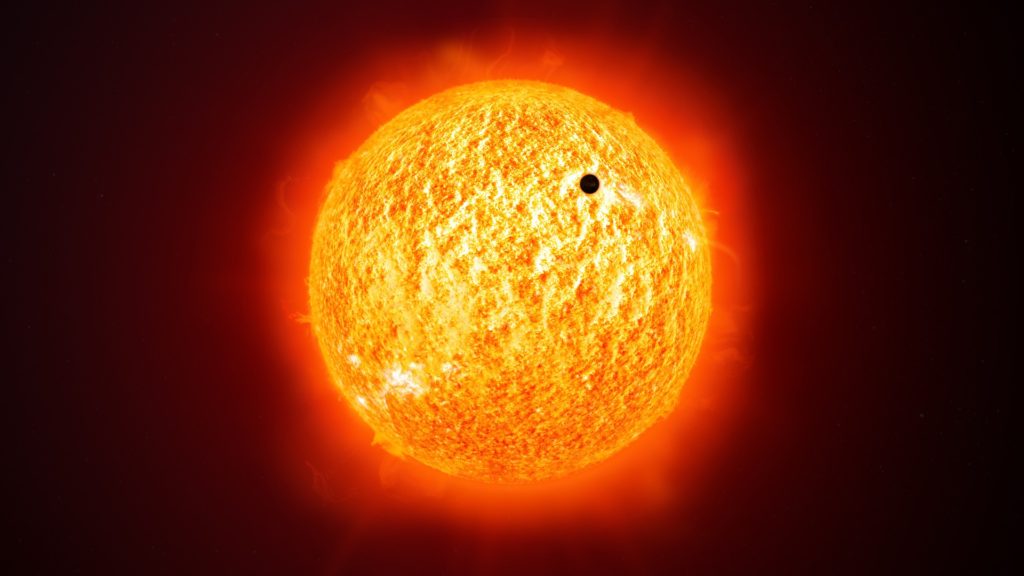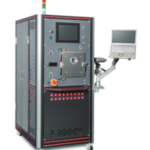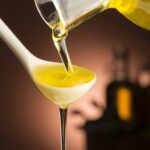
How is heat transferred?
Some says “The cold pierced me to the bone“ but does it convey coldness?
On the other hand, we feel the sunlight gets hotter and drier from the hot summer sun.
In fact, heat is transferred differently in air and in a vacuum.
This time let us explain about the heat transfer more clearly because most of the people don’t know it.
How heat is transferred.
There are three types of heat transfer.
・Transmission
・Convection
・Radiation
Transmission

The mechanism by which heat is transferred throughout a metal, even when only part of it is heated is called transmission.
This is the mechanism by which heat is transferred between the molecules that make up the heated substance itself.
Even in a vacuum, heat can be transferred by conduction if cold and warm substances are in contact with each other, but not if the substances are separated from each other.
Convection

Heat can also be transferred by convection in gases and liquids such as air and water.
Heated and warmed portions rise because they are lighter, while relatively cold portions fall because they are heavier.
This results in convection, which stirs and equalizes the temperature of the air and water.
In a vacuum, there is no air to cause convection, so no heat is transferred by convection.
Radiation

Radiation is the transmission of heat at a distance from the heat source and even in a vacuum.
Unlike convection, heat is transferred by electromagnetic waves emitted from the heat source without air.
Electromagnetic waves include light and radio waves.
For example, heat and light reach the Earth from the Sun in the vacuum of space because electromagnetic waves reach the Earth by ‘radiation’.
Heat can be transferred by radiation in a vacuum and even from a distance.
Vacuum flasks use a vacuum to prevent transmission and convection.
However, radiation does occur, so the design is such that heat due to radiation is not transferred and the temperature of the drink in the vacuum flask is maintained.
Do we really know what ‘vacuum’ is? Click here.
AGUS offers a variety of vacuum equipment such as sputtering equipment.





